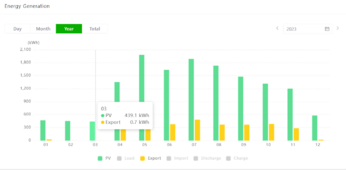zanydroid
Solar Wizard
Did you look at all of the compliance questions? Most of my stuff is out in a solar shed and most likely not in compliance with those codes.
I read it and it's verbiage I've seen before and agreed to/complied with. Granted, on some very vanilla hardware that everybody else has.
Can you quote the specific sections that you are concerned with?
Overblown. As a strawman you can buy a $400 grid tie 2000W inverter, that is compliant with first three bullets (1741, 1547, automatically disconnect). If you payed someone you will get a +100% overhead.If I want to purchase an "approved" inverter, I might as well just pay them to do an install.




